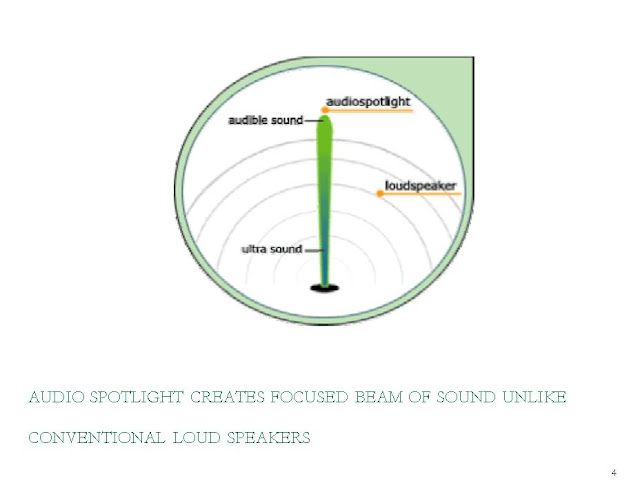THIN FILM OPTICAL FILTERS
Thin-film optics is the branch of optics that deals with very thin structured layers of different materials. In order to exhibit thin-film optics, the thickness of the layers of material must be on the order of the wavelengths of visible light (about 500nm). Optical layers at this scale can have remarkable properties. These properties can further be enhanced by use of difference in refractive indices between layers, air and substrate. These properties are used to make the ‘Thin Film Optical Filters’ .Thin-film filter is a very accurate colour filter used to selectively pass light of a small range of colours while reflecting other colours. A thin film filter uses the principle of interference. Layers of an optical coating is made on glass substrate. This coating reinforces the certain wavelength and interfere with other wavelengths. By controlling the thickness of coating, we can select the wavelength to be filtered out. The filtered energy is sometimes absorbed by the coating and sometimes reflected, depending on operation used .
Working principle of Thin film Filter
- The amplitude reflectance of light at any boundary between two media is given by (1−ρ)/(1+ρ), where ρ is the ratio of the optical admittances or ratio of the refractive indices at boundary
- There is a phase shift of 180◦ when the reflectance takes place in a medium of lower refractive index than the adjoining medium, and zero if the medium has a higher index than the one adjoining it.
- The third is that if light is split into two components by reflection at the top and bottom surfaces of a thin film, then the beams will recombine in such a way that the resultant amplitude will be the difference of the amplitudes of the two components if the relative phase shift is180◦, or the sum of the amplitudes if the relative phase shift is either zero or a multiple of 360◦.
Basic thin film filters:
According to the above three principles, a basic filter is formed
Ø At both the upper and lower boundaries of the coating film, the reflection takes place in a medium of lower refractive index than the adjoining medium.
Ø To ensure that the relative phase shift is 180◦ so that the beams cancel, the optical thickness of the film should be made one quarter wavelength.
There are many filters that can be constructed using basic thin film optics which are:
Ø Edge filters
Ø Band-pass filters
- Narrow-band filters
- Broadband filters
Ø Multicavity filters
Ø Phase dispersion filters
Edge Filter
Ø Primary property that there is abrupt change in rejection and transmission characteristics
Two groups:
Ø Longwave-pass
Ø Shortwave-pass
Ø The coating material is absorption material
Ø It makes absorption edge in wavelength characteristics
Ø Mainly these are longwave-pass filters
Ø Silicon is used which exhibit fast transition from opacity to transparency
Ø To decrease reflection losses, Germanium(multiple layer) is used for filtering which has edge at 1.65 μm and RI of 4.0
Ø Other single layer materials include cerium dioxide, giving an ultraviolet rejection–visible transmitting filter
Edge filters: Interference filters
Ø The basic type of interference edge filter is the quarter-wave stack with characteristics given below
Ø Principle of operation is interference of two waves
Ø The system of figure can be used either as a longwave-pass filter with an edge at 5.5 μm or a shortwave-pass filter with an edge at 3.3 μm
Band-pass filter
Ø A filter which possesses a region of transmission bounded on either side by regions of rejection is known as a band-pass filter
Ø For the broadest band-pass filters, the most suitable construction is a combination of longwave-pass and shortwave-pass filters
Ø For narrower filters, this method is not very successful so other methods are used
Ø Most common filter is made by joining two filters, one is short-pass and other is long-pass
Ø They are fabricated by both side coating of a glass substrate
Ø The simplest type of narrowband thin-film filter is based on the Fabry–Perot interferometer
Fabry-Parot Interferometer
Ø The Fabry–Perot interferometer consists of two identical parallel reflecting surfaces spaced apart a distance d
Ø In collimated light, the transmission is low for all wavelengths except for a series of very narrow transmission bands spaced at intervals that are constant in terms of wave number
Ø It is used to detect faint Astronomical objects
Ø Faintness is due to starlight scattering with dust
Ø The sky light causes overall fogging in the photographic plates
Ø The signal received from the astronomical objects is photons
Ø Narrowband filter is used to capture only object light and filter out the excess light
Ø This excess light is from sun and other stars
Filter positions:
Ø We consider photons as Poisson’s distribution for analysis of received photons and exposure time
Ø The use of an interference filter centred on 656.3 nm greatly increases the contrast between the nebulae and the night sky
There are mainly five category filters used in astronomy which are UBVRI
U-Ultraviolet, B-Blue, V-Visible, R-Red, I-Infrared
Ø The Spitzer Space Telescope is the fourth element in NASA’s family of Great Observatories
Ø The spacecraft carries an 85-centimeter telescope and three cryogenically-cooled science instruments capable of performing imaging and spectroscopy from 3 to 180 μm
Ø The telescope used in SST is a Ritchey-Chrétien design
Ø The 85-cm diameter primary mirror and the rest of the telescope structure are fabricated entirely of beryllium

















Comments